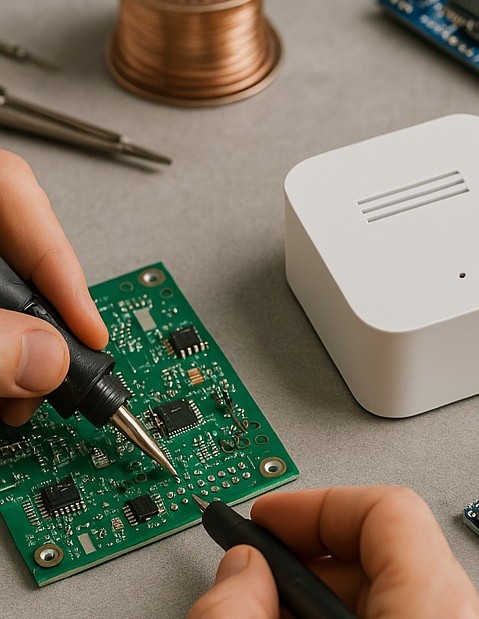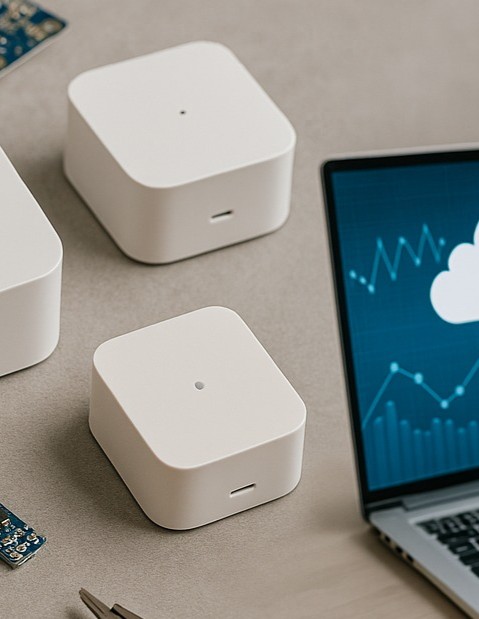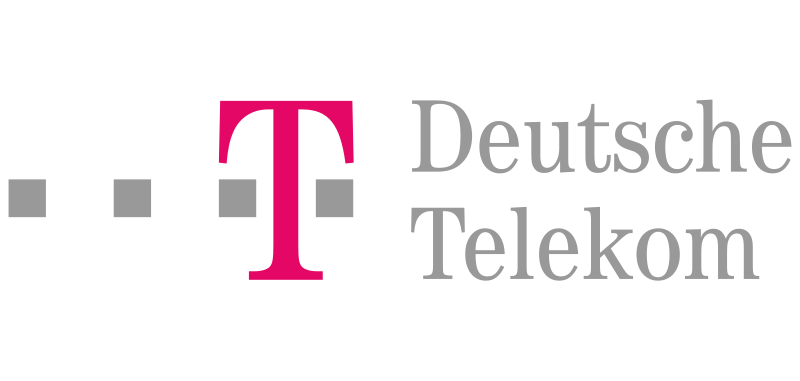
Reduce time to market with our electronic prototyping. Specifically, we provide embedded solutions tailored for both companies and startups. Moreover, these solutions accelerate development cycles and ensure reliable, scalable results. As a result, your products reach the market faster without compromising quality.

Made in Gimasi, our products are the best choice to upgrade your company. For instance, SMT lines, functional tests, and complete assembly are all designed to meet your operational needs. Moreover, they are produced in Switzerland under the highest quality standards. As a result, your company benefits from solutions that are both efficient and trustworthy.

GIoT by Gimasi, with cutting-edge cloud technology, connects all your devices into one intelligent platform. Consequently, you can store, monitor, and analyze data securely in real time. Moreover, this platform allows access from anywhere in the world. In addition, it ensures seamless integration across devices and systems, therefore simplifying your operations. As a result, your data becomes actionable, reliable, and fully optimized for decision-making.

